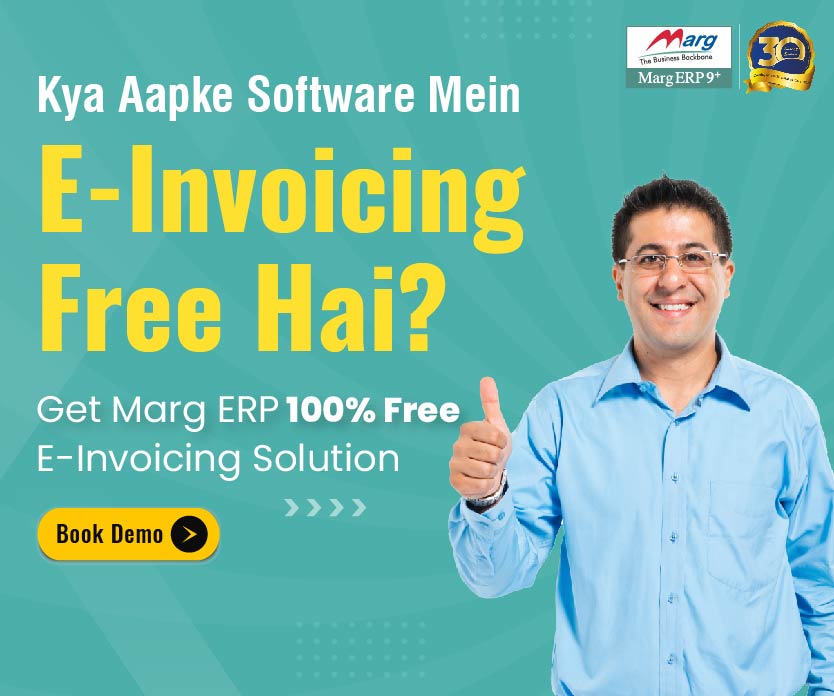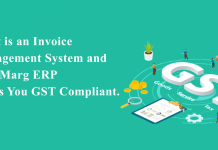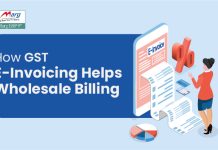Recent Updates on e-Invoicing:
10th May 2023
The 6th phase of e-invoicing has been declared by the CBIC to advance the government’s objective of promoting a paper-free GST system, cutting down compliance costs for companies, and improving the effectiveness of the GST system. Starting from August 1st, 2023, companies that have an annual turnover of ₹5 crore or more since 2017-18 will be required to generate e-invoices.
11 October 2022
The central board of indirect taxation may mandate the next phase of e-invoicing for companies with a turnover of more than 5 crores or as of January 1, 2023, according to the sources’ reports. Additionally, by the end of 2023, it might apply to companies with annual revenues of at least Rs. 1 crore.
1st August 2022
As of October 1, 2022, businesses having an annual aggregate turnover of more than Rs. 10 crore and up to Rs. 20 crore shall use the e-Invoicing system for B2B transactions, per notice by CBIC.
4th July 2022
According to a government official, in order to lower the barrier from the existing Rs 20 crore, the government intends to make GST e-invoicing mandatory for businesses with a turnover of Rs 10 crore and higher from 1-10-2022.
24th February 2022
According to Notification No. 1/2022, the e-Invoicing system will be made available to businesses with an annual turnover of more than Rs. 20 crore and up to Rs. 50 crore as of April 1, 2022.
30th June 2021
The CBIC has issued a notification proposing to waive the penalty imposed for non-compliance with dynamic QR code regulations for B2C invoices between December 1, 2020, and September 30, 2021.
1st June 2021
A government department and local authority are exempt from the e-invoicing system, according to CBIC’s Central Tax Notification No. 23, dated June 1, 2021.
30th March 2021
The CBIC has published a notification to waive the fine for failing to follow the rules for dynamic QR codes for B2C invoicing between 1 December 2020 and 30 June 2021, provided that the person in question complies with the notification’s requirements starting on 1 July 2021.
What is e-invoicing under GST?
The GSTN uses a process called “e-Invoicing,” also referred to as “electronic invoicing,” to electronically validate B2B invoices before allowing them to be used on the common GST site. Each invoice filed using the electronic invoicing system will get an identifying number from the GST Network’s Invoice Registration Portal (IRP).
This site will provide real-time invoice information to the GST and e-way bill portals. Since the information is uploaded directly from the IRP to the GST site, there would be no need for manual data entry for completing GSTR-1 returns or creating Part-A of e-way bills.
A machine-readable, standardized invoice format is offered by electronic invoicing. It is a method through which B2B (Business-to-Business) invoices are electronically authenticated by the GSTN (Goods & Services Tax Network) before being used on the central GST site. Each invoice submitted using the electronic invoicing system will get an identification number from the GSTN-controlled Invoice Registration Portal (IRP).
How Will E-invoicing Benefit Businesses?
According to tax officials, e-invoices have a number of benefits, including :
- Auto-reporting of invoices into GST returns and auto-generation of e-way bills.
- It will eliminate mismatch mistakes, and e-Invoice resolves and plugs a critical gap in data reconciliation under GST.
- E-invoice allows for real-time tracking of invoices prepared by the supplier.
- Standardization and interoperability will be facilitated by e-invoicing, resulting in fewer conflicts between transacting parties, shorter payment cycles, lower processing costs, and increased overall corporate efficiency.
- Businesses use a variety of accounting and billing software, each of which generates and stores invoices in its own electronic format. The GST system, as well as the systems of suppliers and receivers, do not understand these varied formats. For example, unless a connector is utilized, an invoice created by the SAP system cannot be read by a machine that uses the ‘Tally’ system.
- There is no way to have interfaces for all of the accounting/billing software systems because there are over 300 of them. The goal of ‘e-invoicing’ in this case is machine readability and uniform interpretation. An invoice standard is required to ensure total “interoperability” of e-invoices across the whole GST ecosystem. This allows e-invoices created by one software to be read by any other software, obviating the need for manual data entry.
What is the Process of Generating an Electronic Invoice?
- The ERP system’s compliance with GST regulations must be guaranteed by the taxpayer. The e-invoice standard set, or the e-invoice schema (standards), might be incorporated by working with the software service provider, or he may at the very least request that the CBIC submit the necessary parameters.
- Any taxpayer has primarily two choices for IRN generation:
- On the website for electronic invoices, the IP address of the computer system can be whitelisted for direct API connectivity or integration via GST Suvidha Provider (GSP).
- Download the bulk generating application to upload invoices in bulk. Using a JSON file that can be supplied to the e-invoice gateway, it will generate IRNs in bulk.
- The taxpayer must then generate a traditional invoice using that application. He must provide all relevant details, including the billing name and address, the supplier’s GSTN, the transaction value, the item rate, the appropriate GST rate, the tax amount, etc.
- Once you’ve chosen one of the aforementioned options, create an invoice in your ERP or billing software. Then, send the invoice data, particularly the crucial fields, to the IRP via the JSON file, an application service provider (app or GSP), or a direct API. The central registrar for e-invoicing and authentication will be the IRP. There are several ways to get in touch with IRP, including SMS and mobile apps.
- IRP will look for duplication, double-check the B2B invoice’s critical elements, and generate an invoice reference number (hash) for future use. Seller GSTIN, invoice number, FY in YYYY-YY, and document type (INV/DN/CN) are the four parameters that make up an IRN.
- IRP generates an invoice reference number (IRN), digitally signs the invoice, and generates a QR code for the provider in Output JSON. On the other side, the supply source will receive a notification through email when the e-invoice is generated (if provided in the invoice).
- For GST returns, IRP will send the authenticated payload to the GST portal. If relevant, information will be transmitted to the e-way bill website. The proper tax period is immediately filled up on the seller’s GSTR-1. As a consequence, the tax liability is determined
What happens if an e-invoice is not generated?
Penalties are in place for violators who fail to provide electronic invoices. It comes with harsh penalties of up to Rs. 10,000 per invoice. Also, if the invoice is wrong, it can cost Rs.25,000 per invoice.
In addition to penalty provisions, if a taxpayer postpones the creation of an e- invoice –
- It won’t be possible to have the GST returns auto-populated
- Validated ITC claims cannot be made by customers under any circumstances
- Customers have the option to not accept an invoice if it does not conform to the requirements for electronic billing.
Which is the Easiest Option Available for Issuing e-Invoices?
Taxpayers can continue to print their invoices with logos as they now do. All taxpayers are required to input their invoices on IRP in electronic format as part of the e-invoicing system.
Marg ERP is the best option if you’re looking for e-invoicing software. For the past 30 years, Marg ERP has offered GST services to small and medium-sized enterprises. Marg ERP includes e-invoicing, so you won’t need any further programs.






